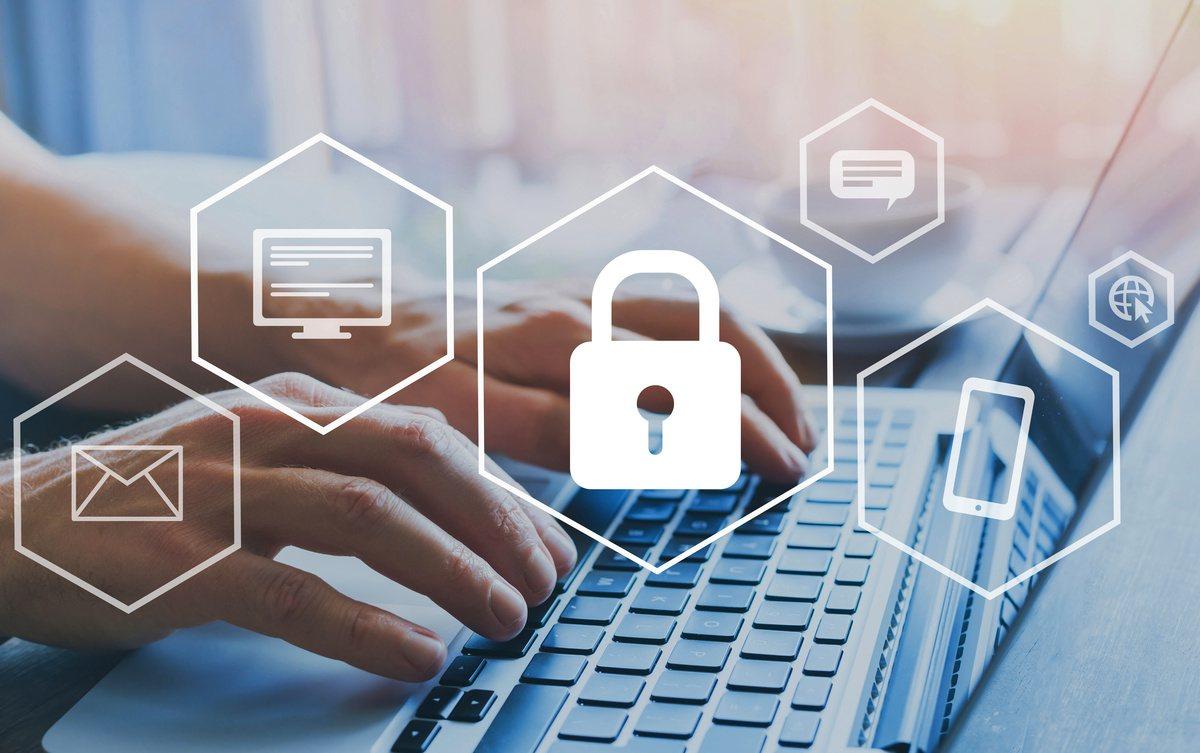
Ensure e-commerce security with SSL, 2FA, secure payment gateways, and regular audits. Learn best practices to protect customer data in online transactions.
Businesses and customers alike now consider security a top priority in the constantly-evolving world of e-commerce. Safeguarding consumer data is vital to upholding trust in digital marketplaces amidst an increase in transactions online. This article covers various facets of e-commerce security as well as measures businesses may take to protect client information while conducting business online.
Understanding E-commerce Security
For a number of reasons, e-commerce security is critical. The main goal is to keep private customer information—like addresses, credit card numbers, and PINs—safe from criminals who may otherwise obtain it and use it to steal identities, cause financial losses, or damage a company’s reputation. Strict measures also have to adhere to legal requirements and industry norms intended to protect consumers’ rights and privacy.
Implement Secure Payment Gateways
Utilizing secure payment gateways is one of the fundamental ways to enhance e-commerce security. Such gateways protect data from being intercepted or altered during transmission by encrypting payment information while it travels. Companies handling cardholder data should select payment processors who comply with the Payment Card Industry Data Security Standard (PCI DSS), which sets security guidelines.
Utilizing SSL Certificates
SSL certificates are essential in protecting transactions conducted online and preventing unintended access. SSL encrypts data that travels from a customer browser to an e-commerce website; when secured sites use an SSL certificate, implementation ensures user trust by showing a padlock icon in their address bar indicating their data has arrived safely. SSL certification should be implemented on all e-commerce websites for customer trust and data protection.
Two-Factor Authentication (2FA)
Two-factor authentication (2FA) increases security by requiring two forms of identification from users before providing access to accounts, usually including something they own (like their phone) and something they know ( like password). By putting 2FA into action, you can reduce illegal access and data breaches thereby giving your customers more protection and peace of mind.
Regular Security Audits and Vulnerability Assessments
Frequent vulnerability assessments and security audits are necessary for effectively locating and correcting any flaws in an e-commerce platform. Such evaluations help businesses pinpoint software vulnerabilities, security holes and any weaknesses which hackers could exploit. Companies must maintain a strong security posture by conducting regular checks and applying necessary updates or fixes as soon as they arise. It’s important to assess tools and services you may use, for instance, read unemployed professors review.
Data Encryption
Encrypting data is an integral step in protecting private information. At the same time, it’s sent or stored, rendering intercepted information unintelligible even when intercepted due to encryption’s transformation into coded formats that require unlocking with specific keys. E-commerce companies should encrypt all sensitive information, such as payment information, communication logs, and client details, in order to avoid unwanted access and stop potential breaches in security.
Education of Customers and Employees
Empowering staff and consumers with education on best practices for security is an effective strategy for strengthening e-commerce security. Consumers should learn to spot phishing attempts, create secure passwords, and understand why two-factor authentication (2FA) is essential. On the other hand, workers should be taught to spot security risks, adhere to data security procedures, and react correctly in case of breach incidents – this may help lower risks significantly and create a security-conscious culture inside a company, thereby decreasing security problems considerably.
Secure Coding Practices
In order to prevent vulnerabilities in e-commerce systems, safe coding standards must be implemented throughout their design and creation. Input validation, error handling, secure session management and regular security testing and updates from frameworks or libraries used for development all serve to reduce exploits risk and ensure an invulnerable application environment.
Legal and Regulatory Compliance
Adherence to legal and regulatory mandates is essential to electronic commerce security. Businesses must adhere to data protection regulations like the California Consumer Privacy Act (CCPA) in the US and the General Data Protection Regulation (GDPR) in the EU if they wish to remain compliant, including stringent requirements regarding data collection, processing, and storage processes that ensure consumer data is handled ethically and transparently. Noncompliance could result in severe fines and reputational damage for your organization.
Response Planning
Even in the presence of all safety measures, security incidents do happen. To minimize its consequences and lessen its impacts, a thorough incident response strategy is essential. This plan has to explain to impacted consumers what will happen in the case of a breach, including where it came from and how it will be halted. Furthermore, quick and efficient action ensures regulatory compliance, prevents further harm being caused to consumers, and ensures customer trust remains intact.
Conclusion
Protecting consumer data during online transactions is a complex but essential responsibility of e-commerce businesses. Businesses can safeguard consumer information and create a trustworthy presence online by being aware of potential dangers, installing secure measures, and adhering to legal requirements. Making security a top priority keeps clients satisfied and long-term client relationships viable and can provide businesses with a competitive advantage in an increasingly digital environment.
Was this news helpful?







 Yes, great stuff!
Yes, great stuff! I’m not sure
I’m not sure No, doesn’t relate
No, doesn’t relate



